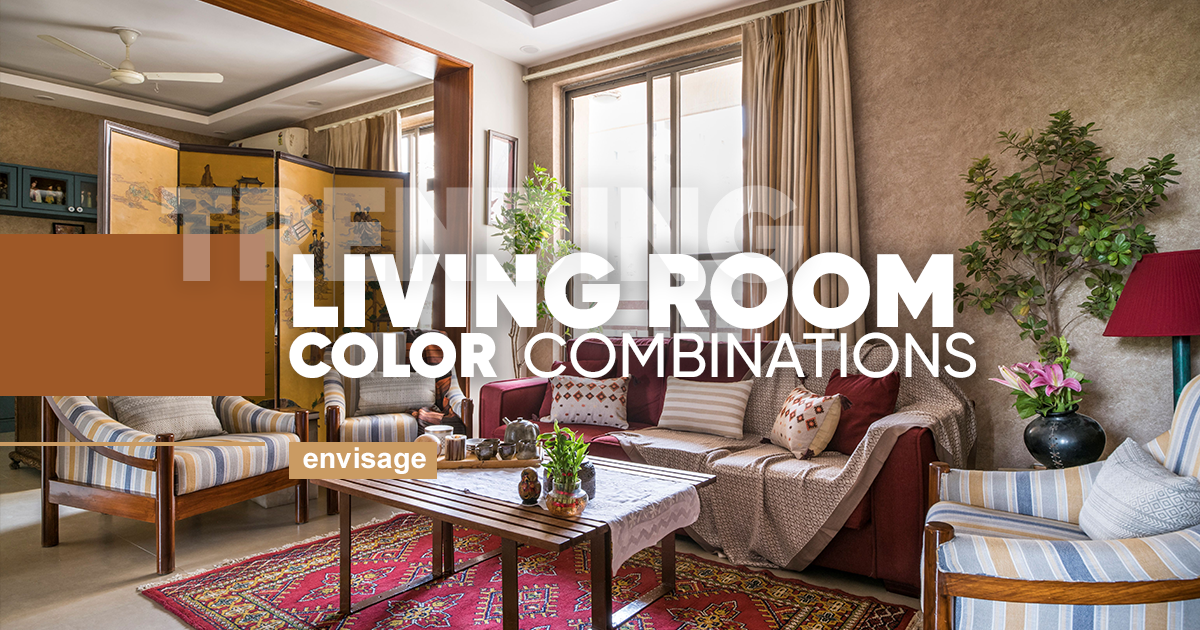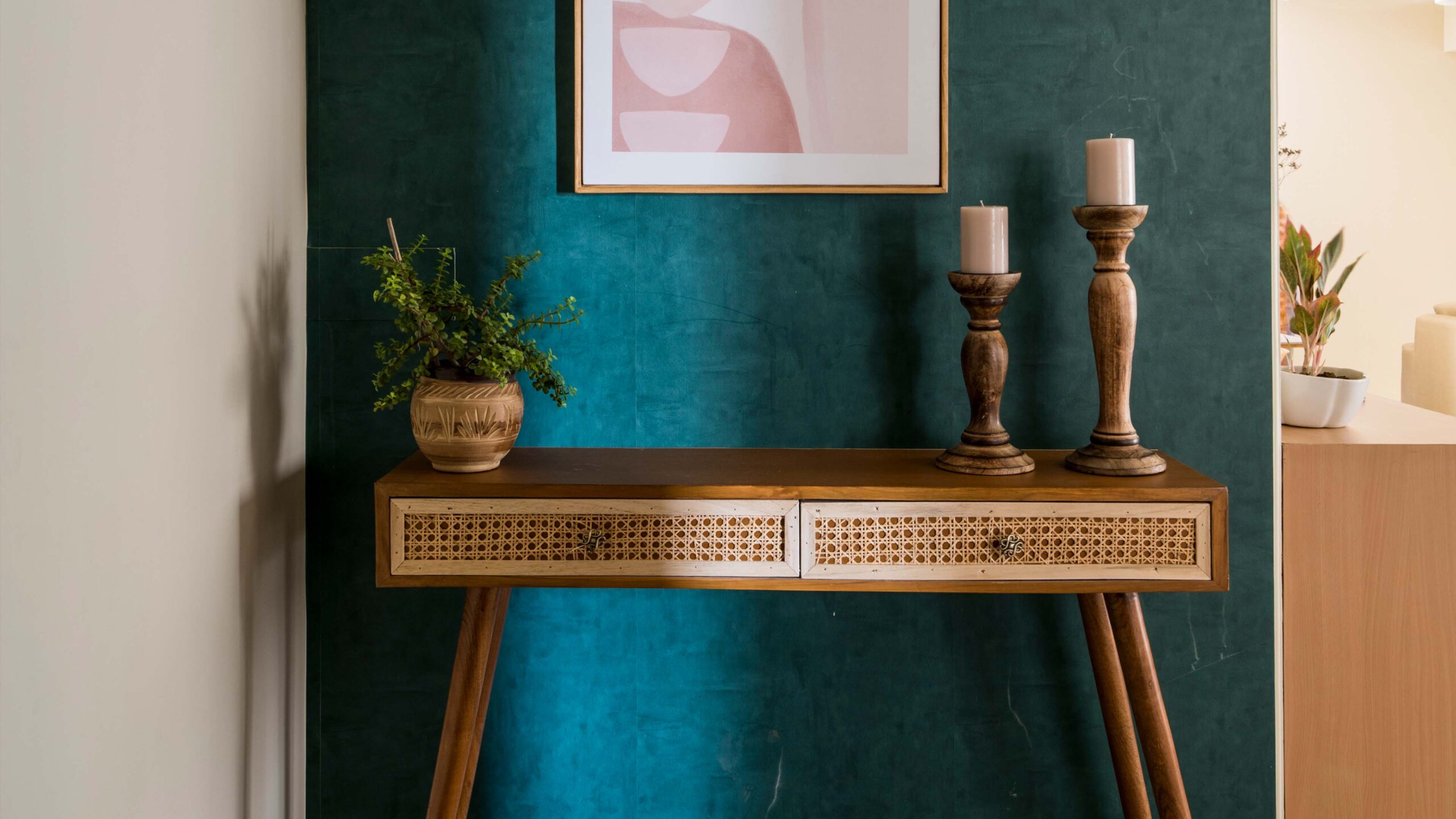Incorporating sustainable materials in office design
- Blog,
- Featured Blog
Green is the new black in the world of interior design, and sustainable materials are leading the charge. As businesses and organisations seek to reduce their impact on the environment, they are increasingly turning to design materials that are recyclable and organic.
There are many benefits to incorporating sustainable materials in the design of office spaces, including improved air quality, reduced waste and emissions, and enhanced comfort and durability. Additionally, they often have a lower life cycle cost, as they last longer, require less maintenance, and can be reused at the end of their life.
Here are a few examples of sustainable materials to transform a commercial space into an eco-haven:
- Bamboo: Bamboo is a fast-growing, renewable resource that is often used as a substitute for wood in flooring, furniture, and other interior elements. Along with its distinctive natural texture, it is durable, attractive, and has a lower environmental impact than many other types of wood.
- Recycled Glass: Recycled glass can be used in a variety of applications, including countertops, flooring, and wall coverings. A material that can be composed in a range of colours and finishes, it is highly durable and reduces the demand for virgin materials, minimising the waste generated by the building industry.
- Reclaimed Wood: Salvaged from older buildings and given a new lease of life in new projects, reclaimed wood is often used in flooring, walls or other furniture. Their past use in other buildings or structures can add a narrative richness to the story of any new project.
- Cork: Cork is produced from the bark of cork oak trees. Long-lasting and light-weight, cork is known for its sound-absorbing qualities. From flooring to wall coverings to furniture tops, it has multiple applications.
- Recycled Steel: Another durable and long-lasting material, steel is a building element that can be recycled over and over again. Often used for beams and columns, it can be finished to achieve a range of aesthetic effects.
Incorporating sustainable materials into interior design is not just a trend, but is instead a crucial step towards realising our sustainability goals as a society. By reducing waste, emissions, and energy costs, sustainable materials can help organisations save money over the long term, while also promoting a healthy future for all. With the range of materials and products available today, it has never been easier to create elegant spaces that are both functional and environment-friendly.




